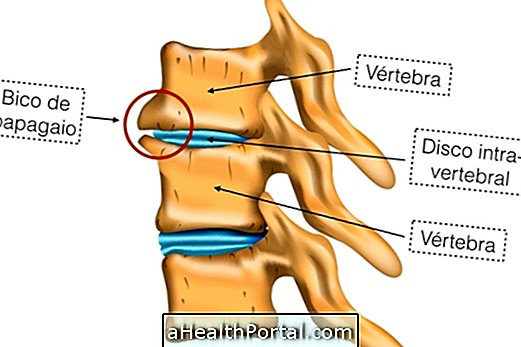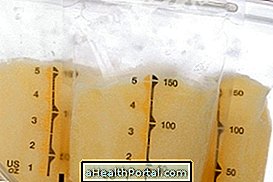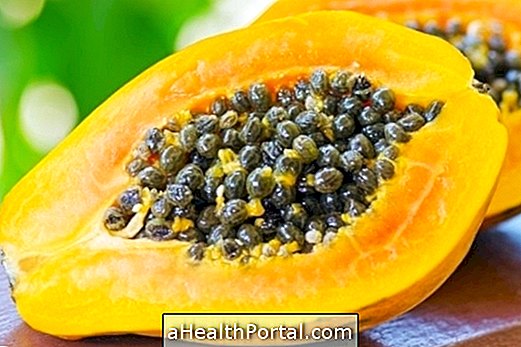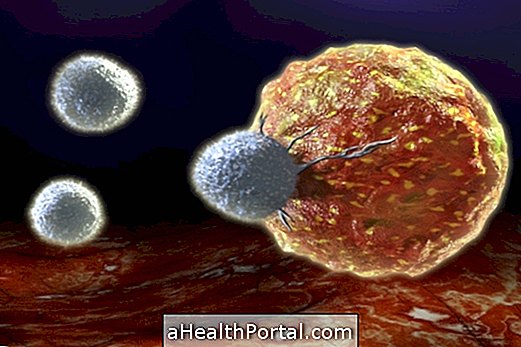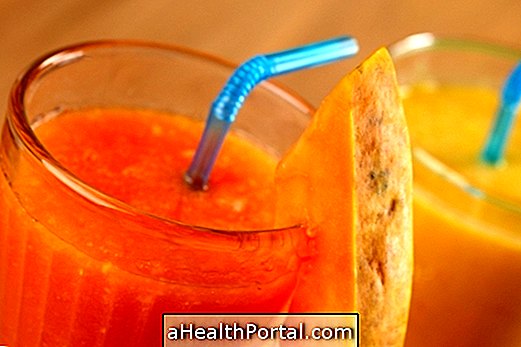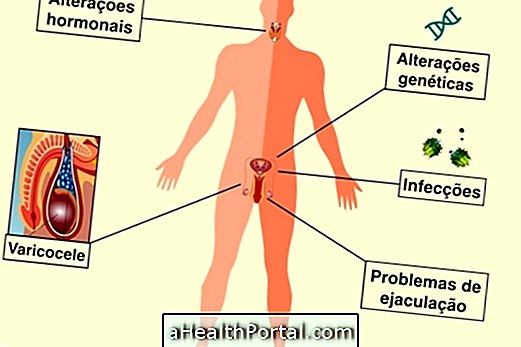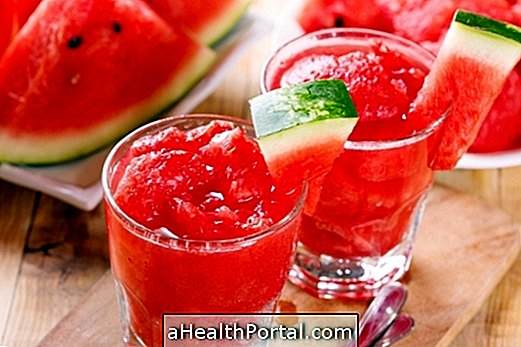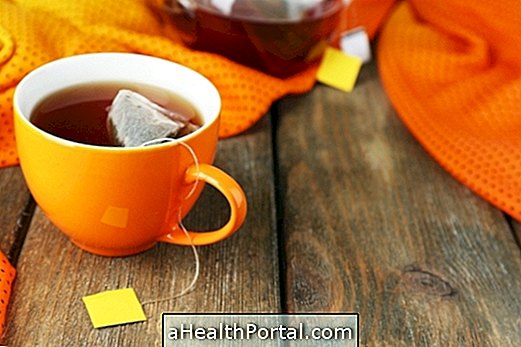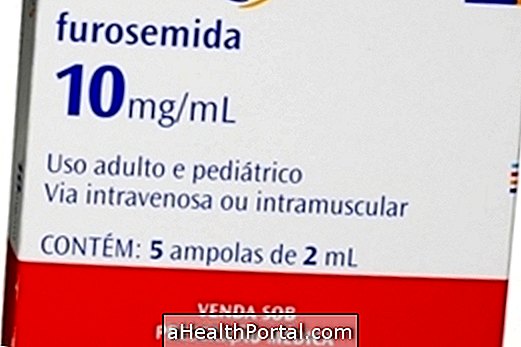Feeding for rheumatism in the bones should be made up of foods that help reduce inflammation in the body, such as flaxseed, chestnuts and salmon, as well as foods rich in vitamin D and calcium, such as milk and cheeses, to help strengthen bones.
Rheumatism in the bones refers to a group of rheumatic diseases that can directly affect bones such as arthritis, osteoporosis and osteoporosis, which are the most common.
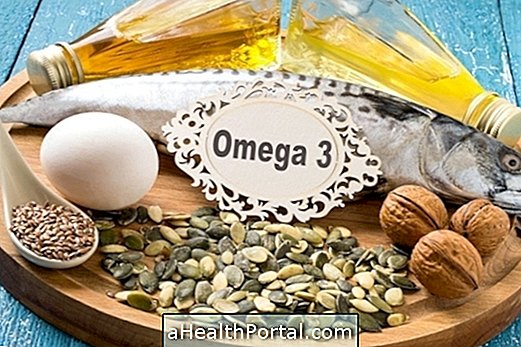
What to eat
To help fight the inflammation and pains of rheumatism, and strengthen bones, you should consume:
- Good fats such as omega-3: flaxseed, chia, nuts, salmon, sardines, tuna, extra virgin olive oil, avocado;
- Fruits and vegetables as they are rich in vitamins and antioxidant compounds, which reduce inflammation;
- Vitamin D : milk, eggs, meats and fish, as this vitamin increases the absorption and fixation of calcium in the bones;
- Calcium : milk and dairy products, and dark green vegetables such as spinach and cabbage;
- Fibers : Oats, whole flours, fruits and vegetables as they help keep the intestinal flora healthy by reducing inflammation in the intestines and improving the absorption of nutrients.
In addition to food, your doctor or nutritionist may prescribe the use of vitamin D and omega-3 supplements, which should be used according to the professional's prescription. Know all the benefits of omega-3.
What Not to Eat

To improve rheumatism and pains caused by illness, it is important to maintain an adequate weight, avoiding excess body fat, and avoid foods that worsen the functioning of the body and favor weight gain and inflammation, such as:
- White flour, which is present in foods such as breads, cakes, salted, pizzas, crackers;
- Sugar : sweets, desserts, jellies, biscuits, yogurts with added sugar;
- Sugary drinks : soft drinks, industrialized juices, teas, coffees and homemade juices with added sugar;
- Sausages : ham, turkey breast, mortadella, sausage, sausage, salami;
- Frying : cake, cake, soybean oil, corn oil;
- Alcoholic beverages .
In addition, to improve overall body function and weight control, it is important to avoid consuming processed foods such as crackers, frozen ready-to-eat foods, cakes, industrialized sauces, diced spices, and fast food.
Bone Rheumatism Menu
The following table provides an example of a 3-day menu for rheumatism in the bones:
| Meal | Day 1 | Day 2 | Day 3 |
| Breakfast | 1 cup sugar-free coffee + 2 slices whole-wheat bread with egg and cheese fried with olive oil | 1 glass of milk + 1 crepioca de queijo | 1 cup of coffee with milk + 1 roasted banana + 2 scrambled eggs |
| Morning snack | 2 slices papaya with 1/2 tablespoon flaxseed | 1 pear + 10 cashew nuts | 1 glass of green juice with cabbage, coconut water, 1/2 carrot and 1 lemon |
| Lunch dinner | 4 tablespoons brown rice + 2 coleslaw + grilled pork loin + vegetables sautéed in olive oil | spaghetti bolognese with olive oil + green salad | chicken soup with vegetables + 1 orange |
| Afternoon snack | 1 cup of coffee with milk + 1 tapioca with grated coconut | 1 whole natural yogurt + 3 prunes + 1 teaspoon chia | avocado vitamin with 1 tablespoon honey bee |
In addition to caring for food, rheumatism in the bones should be treated with the ingestion of analgesics, anti-inflammatories and physiotherapy. Physical therapy is a great ally in the treatment of this disease as it helps to decrease inflammation and improve physical ability. See which are the best remedies for rheumatism.



